Choosing tile for the bath
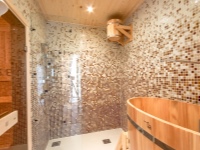
Tiles for the bath - quite a suitable material for facing, it is only important to understand how to choose this material for the floor and walls, decor and functional areas. In the case of the Turkish hammam, this option of finishing is the only correct, but in the Russian steam room is better to be limited to certain areas of the floor or tiling the shower. To better understand the issue, it is worth studying the detailed characteristics of serpentine and heat-resistant tiles, non-slip ceramics and other types suitable for sauna and bath.
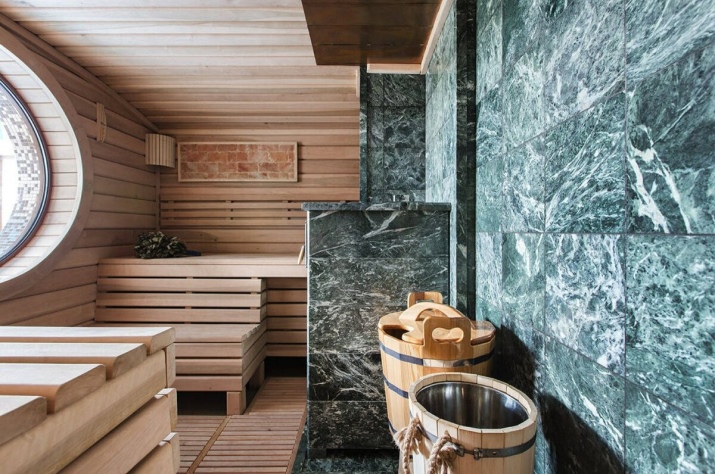
Features
Tiles for the bath must have a certain set of characteristics that allow the best adaptation to the peculiarities of operating conditions. For rooms with high temperatures, for finishing the part of the floor at the heater is used its heat-resistant variety. For the sauna also need a special coating. Here heat-resistant tiles will also be appropriate, but it is important to choose materials that will not get too hot, but will help to better distribute and accumulate heat.
In wet rooms, you can use tiles with a smooth polished or roughened surface on the walls and floor. Glazed tiles will look interesting in the hammam. Luxurious interiors of the Turkish bath is also accepted to decorate the natural marble slabs, they will be appropriate on the floor and walls.
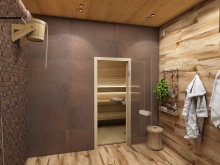
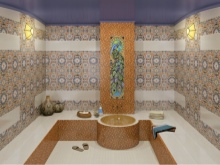
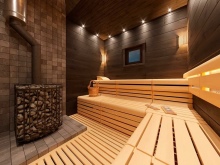
The seasonality of the exploitation of the complex is of great importance. If we are talking about a freestanding building that is not heated in the winter, the choice of tiles is limited to frost-resistant options with low moisture absorption. Other types of tiles can crack under the influence of temperature deformation, or covered with mold and mildew.
To the features of finishing for the bath can include wear resistance, mechanical strength. If we are talking about the premises with the greatest traffic, this factor will be important. In the washing room, tiles decorate the floor and walls, paying attention to the texture of the material. A wet base requires a rough, non-slip surface that provides sufficient traumatic safety. Even appropriate types of porcelain stoneware can be selected for these areas.
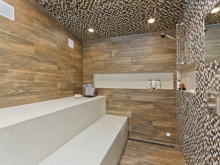
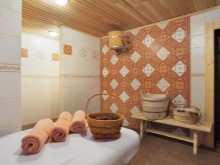
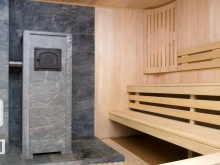
Types
There are many varieties of tiles suitable for use in baths, saunas, hammams. Among them, you can select fire-resistant, heat-resistant ceramic products, perfectly suitable for finishing the lower part of the walls and lining the furnace. Interesting looks slabs under the stone in the decoration of the floor, however, beautiful natural minerals and rocks are also sold today in the form of piece products, are not too expensive. A striking example of such an accessible finish can be called talcochlorite and serpentine.
A relatively new option is non-slip tiles, which are indispensable in baths with high humidity and low steaming temperatures. Here, any other materials quickly fall into disrepair.
Non-slip tiles allow you to make the room injury-free, avoid heat loss, protect the base material from the action of moisture.
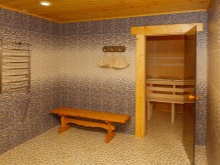
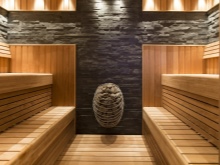
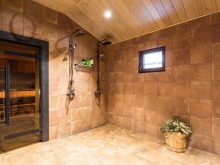
Of porcelain stoneware
An aesthetic and durable composite material, porcelain stoneware combines the advantages of natural rock and traditional ceramics. Its advantages include:
- high mechanical strength;
- wear resistance;
- decorative effect;
- moisture resistance;
- low water absorption;
- universality of application;
- A wide choice of formats and sizes.
Porcelain tiles can be monochrome and ornamented with marble, granite, natural wood, travertine.
Depending on the type of exterior coating, this finish is suitable for tiling walls, floors, decorating the furnace.
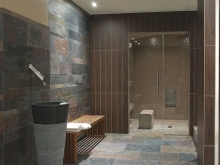
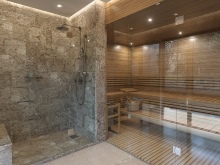
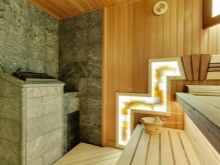
Talcochlorite
Tiles made of natural rock - talcochlorite are widely used in the decoration of baths and saunas. Its advantages include a natural texture, a neutral light gray color scheme, a pleasant texture of the material. On sale you can find ready-made tiles of different sizes, with polished and brushed surface. The usual thickness of the material is 10 mm, the most popular format is square. Look interesting aged options such finish in the style of antique, rectangular bars "jagged stone" with a rough texture.
The main use of the tile of talcochlorite is in the finishing of the walls. For the floor, this material is too soft. In addition, the polished stone in wet areas will be heavily slippery underfoot.
But they can decorate the surface of a wood stove, insulate the walls and floor around the main source of heating in the steam room.
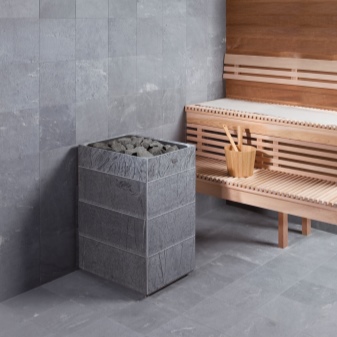
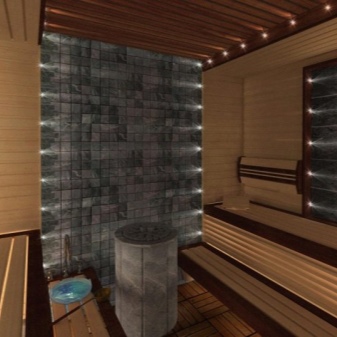
Clinker
Made from natural clay, clinker tiles differ from ceramics by the firing method and thickness, as well as the composition. Here it is multi-component, using different grades of mineral fillers. The tiles themselves are mostly rectangular, rather thick 8-12 mm. During production, they are subjected to high-temperature firing, which gives the finished product heat resistance, strength, low water permeability.
Clinker tiles are suitable for cladding stoves, wall and floor surfaces, including in wet rooms, they do not slip, can withstand heavy loads.
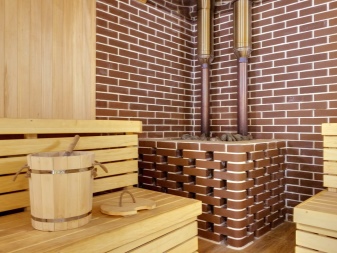
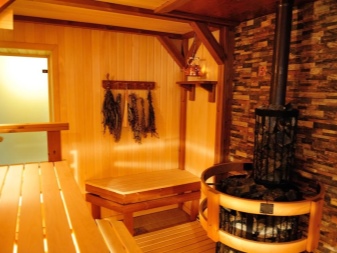
Other
This list of tiles for the finishing of the bath is not exhausted. Quite often in its rooms the finishing of the following materials is used.
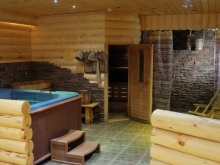
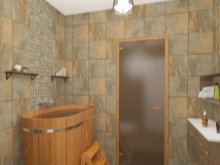
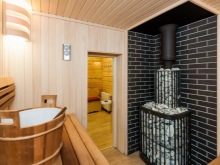
Ceramics
Classic tiles, glazed tiles and other variants of tiles in this category are made from clay, passed the stages of molding and firing. The material is pressed or extruded during production. The greater the number of times the material is fired, the lower its thermal and mechanical resistance - single suitable for the steam room and wash room, double can be used in the rest room, pre-bath.
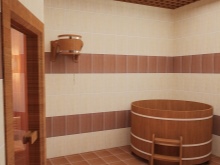
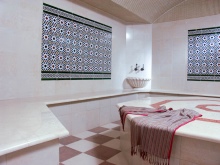
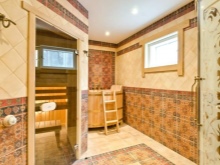
Mosaic .
It can be ceramic, with a glazed coating, glass and stoneware. This option of finishing looks good in the space of the washing room or near the font, suitable for finishing the pool in the bath. Small elements of different colors can have the usual square or polygonal shape. Mosaic - the most difficult type of tile to install, the assembly of a large panel takes a long time, but this decor looks very attractive.
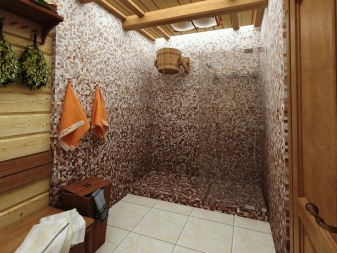

Terracotta
Unglazed ceramic tile, which resembles the surface of bricks or natural stone. It does not feature a wide range of colors, presented in shades of red-brown tone. It is a porous, moisture and heat resistant material, ideal for cladding walls and other surfaces exposed to intense heat. Terracotta tiles are rarely used as flooring.
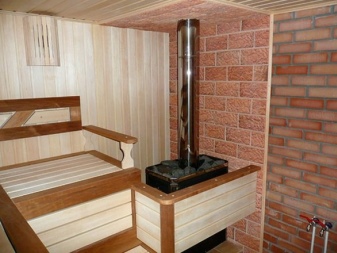
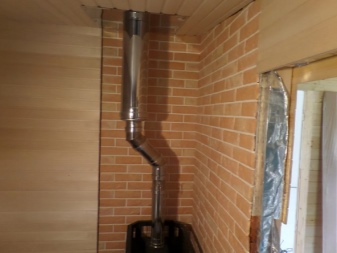
Serpentine
Natural stone of a beautiful green color looks noble and elegant, gives the rooms of the sauna complex a special chic. It costs less than marble, has an original pattern. Tiles made of it have average heat resistance, but the material is quite soft, easily absorbs moisture, cracks. Such finishing is not suitable for unheated rooms, in addition, it is worth considering exclusively as a wall decoration, for the floor mechanical strength will be little.
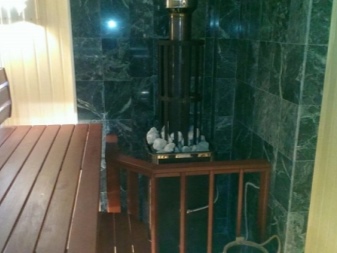
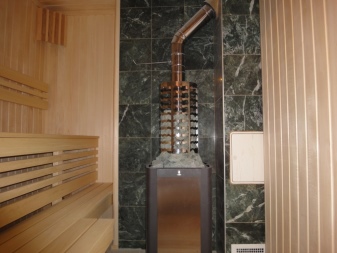
This list of materials is not exhausted. Tiles of marble and travertine, other expensive natural minerals are highly valued, but hardly appropriate in a simple home bath.
You can use other types of stone finishes or choose decorative tiles with patterns and embossing.
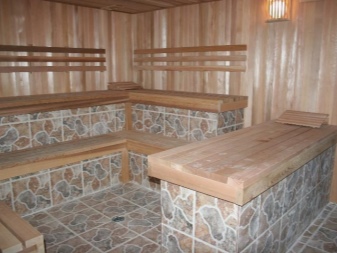
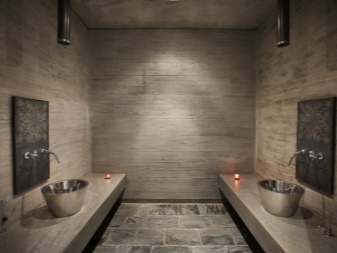
How to choose?
The choice of tiles for use in the bath begins not with the design of the finish, but with the study of the main characteristics and marking of the material. It is she serves as the main source of information, allows you to understand how the sample is suitable for use in specific operating conditions. Among the important indicators we will note the following.
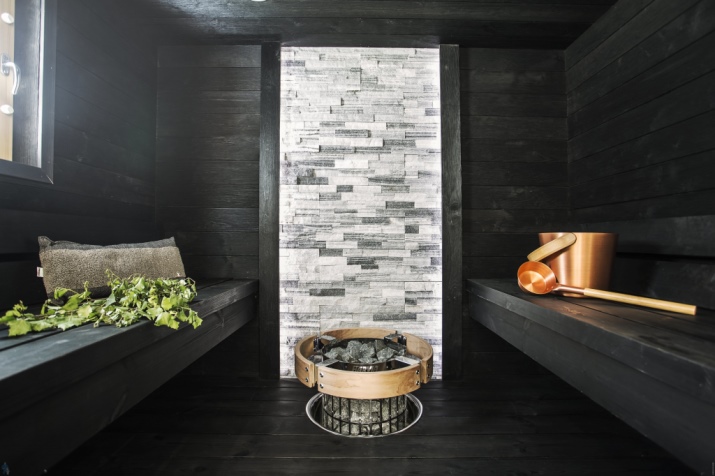
- Heat resistance. The letter "T" marked types of tiles, which can be put in rooms with high temperatures, used for facing stoves.
- Atmosphere resistance. Frost-resistant varieties of tiles are marked with a snowflake icon, temperature and UV-resistant products have a sign "sun" on the package. Marking A I, B I shows that tiles can be used indoors and outdoors. A III, B III are designed only for indoor use.
- Glossiness. It is defined by the letter R and the numbers from lower to higher. The most slippery glazed tiles have R9, R10. Matte tiles should be looked for among products with the designation R11 and higher. Non-slippery coverings have an additional marking in the form of a foot stepping on the tiled surface.
- Resistance to mechanical abrasion, wear. It is defined by the PEI marking, supplemented with an image of a circular saw. Next to it there are numbers. PEI 3 is good for baths, PEI 2 can be used in the anteroom and corridors.
- Porosity or water absorption coefficient. Its lowest indicators for porcelain stoneware, tiles - about 3%. Products with a coefficient of 4-10% are suitable for wet rooms, but are not as resistant to liquid in the form of steam. All other options are suitable for dry rooms, finishing walls, but not the floor.
- Size and shape. If the experience of working with tiles is small, it is worth giving preference to options of simple rectangular or square format, of medium size. Fancy, polygonal, mosaic options are much more difficult to properly dock.
These are the main criteria of choice, which is better to consider when selecting tiles for the bath or sauna.

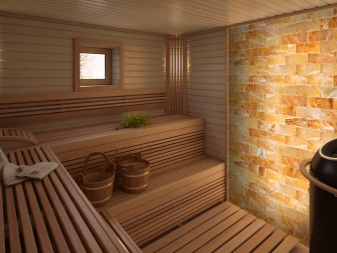
Tips for laying
Install the finish of the walls or floor with tiles in a wooden, brick, folded from blocks bath will not be more difficult than to perform the same work in a house or apartment. It is only important to remember that such a decor requires an even base with good adhesion. When laying a tiled floor, the slope set during the installation of the rough base structure is respected. Before installation, it is necessary to clean the room, get rid of debris, remove dust. For the work you will need:
- tiles (the calculation of the quantity is performed in advance, with a reserve of 10%);
- glue;
- toothed spatula;
- a cuvette for the solution;
- a construction mixer;
- tile cutter;
- mallet;
- cutting surface;
- cross-shaped plastic inserts;
- grout.
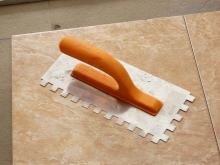
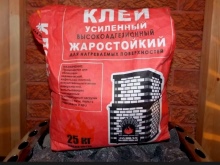
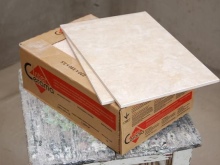
The floor is pre-insulated and primed. If necessary, its alignment is made. The walls in rooms with high humidity is also covered with a layer of waterproofing at 1 m from the floor. It is better to start installation from a corner or drainage point. Each row is aligned using a construction level. For installation on the wall, the lower supporting bar is used, then it is removed.
Glue should not be applied too abundantly. A small layer is enough to fix the product. To dial the mortar on the tile or the surface to which it is attached, it is necessary to use a trowel. After fixing in the chosen place, each element of the decor is tapped with a mallet for a tighter fit, better adhesion. Cross-shaped inserts are placed between the tiles horizontally and vertically. After the adhesive dries, the resulting joints are grouted.
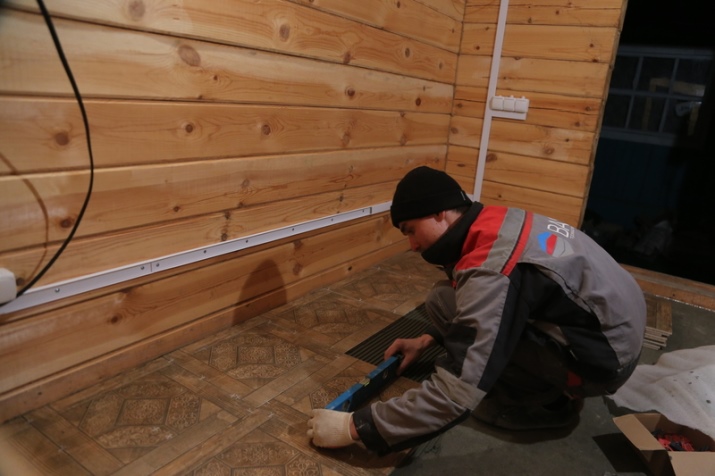
Useful tips for choosing tiles for the bath in the video below.




